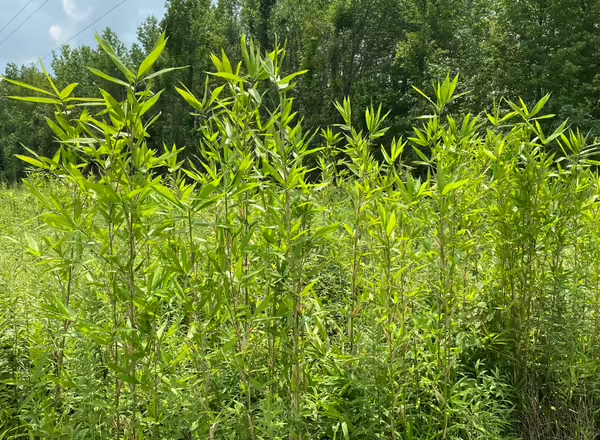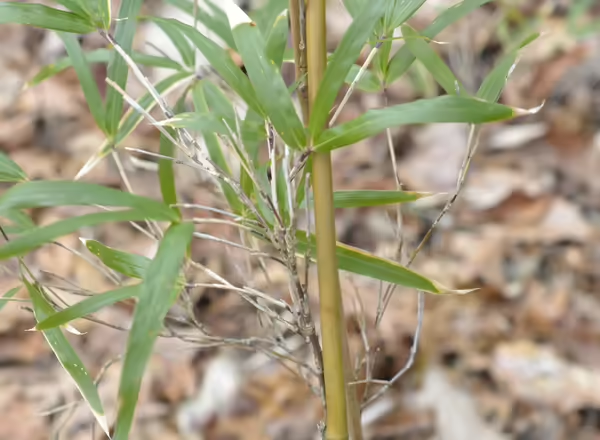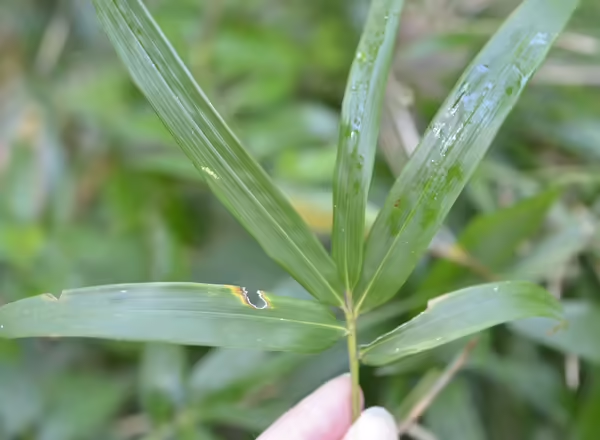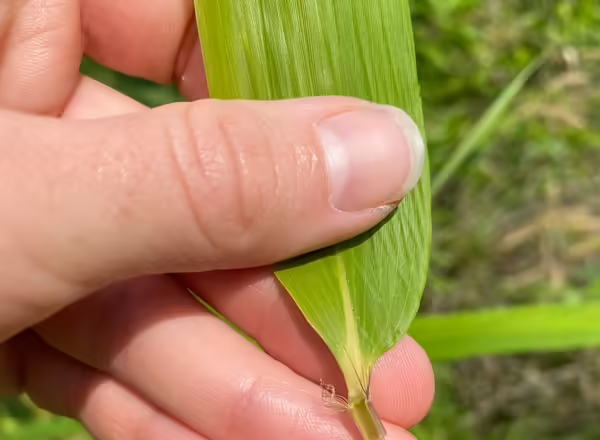Illinois' native bamboo
Even during the coldest of winter days, one grass continues to boast green foliage – Giant Cane. Giant Cane, Arundinaria gigantea, is a unique grass because it is the only native species of bamboo found in Illinois. Once widespread throughout the bottomland forests of southern Illinois, many canebrakes that once existed have declined due to habitat alteration.
Growth habit
Giant Cane can grow quite tall, reaching heights of up to 20 feet! Often you can find it growing between 4 and 10 feet tall. It prefers to grow in moist areas, like bottomland forest and along rivers and wetlands. Giant Cane is a clonal plant, often forming large colonies. It is unique in that it only flowers once in its lifetime, and then dies. Colonies usually take about 15 years to mature before flowering.
Identification characteristics
Identification of Giant Cane is straightforward. If you’ve ever cared for bamboo as a houseplant, you’re familiar with its woody stem that looks segmented. Giant Cane has the same woody, hollow, segmented stem. If you are in a natural area where ornamental bamboo has not been planted and you see this type of stem, it’s likely you’re looking at Giant Cane.
Its leaves are shiny and dark green. They can vary in size, sometimes short and broad and other times thinner and more tapering. You can find a few bristle-like hairs at the top of the leaf sheath.
Need a refresher on grass identification terms, like ligule and spikelet? Check out this blog post!





Giant Cane, Arundinaria gigantea, is the only native woody grass found in Illinois. It was once widespread in canebreaks in southern Illinois, but has since declined in abundance due to habitat alteration. Giant Cane can often be found in colonies, since it spreads through rhizomes. The easiest...